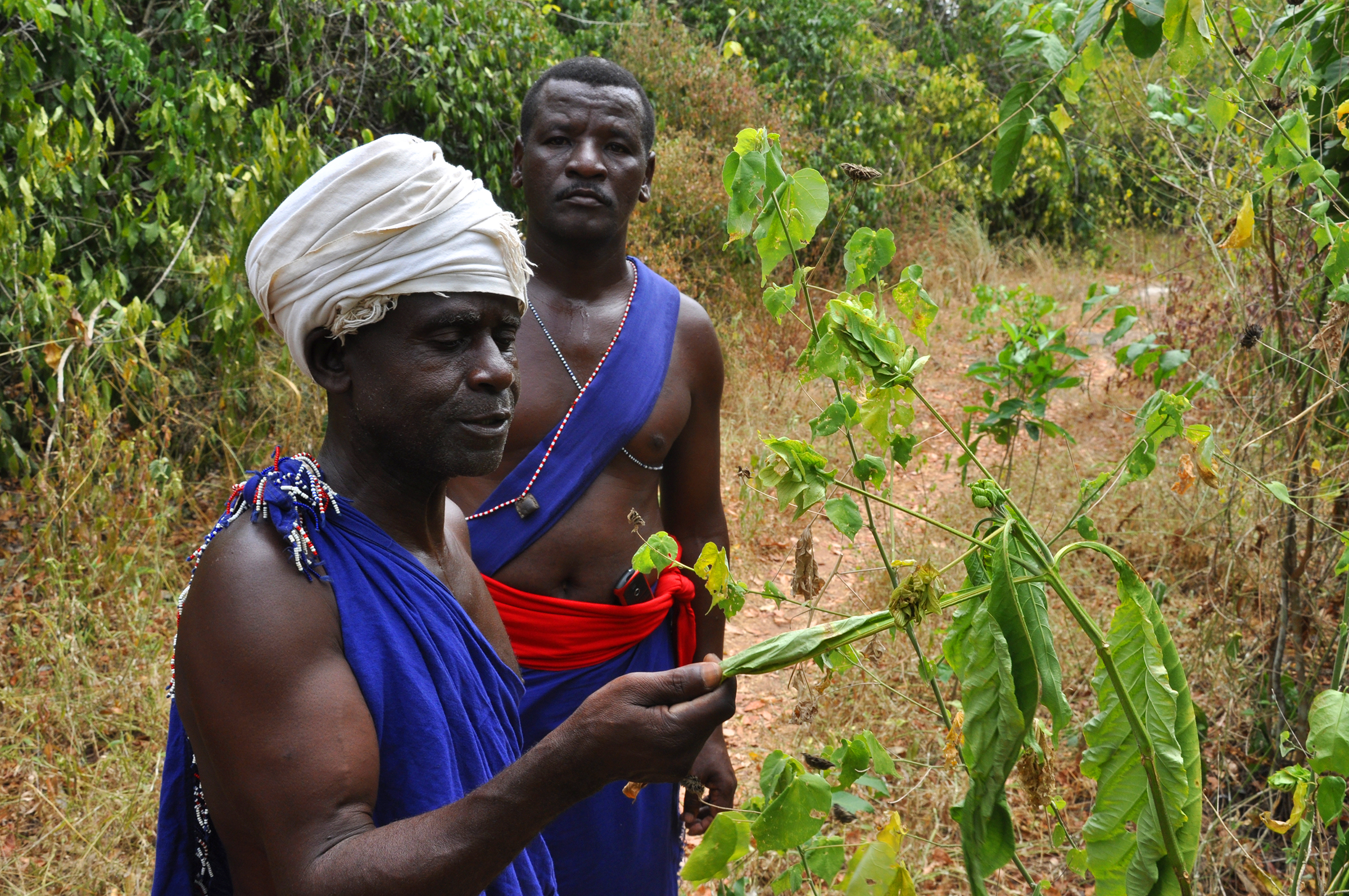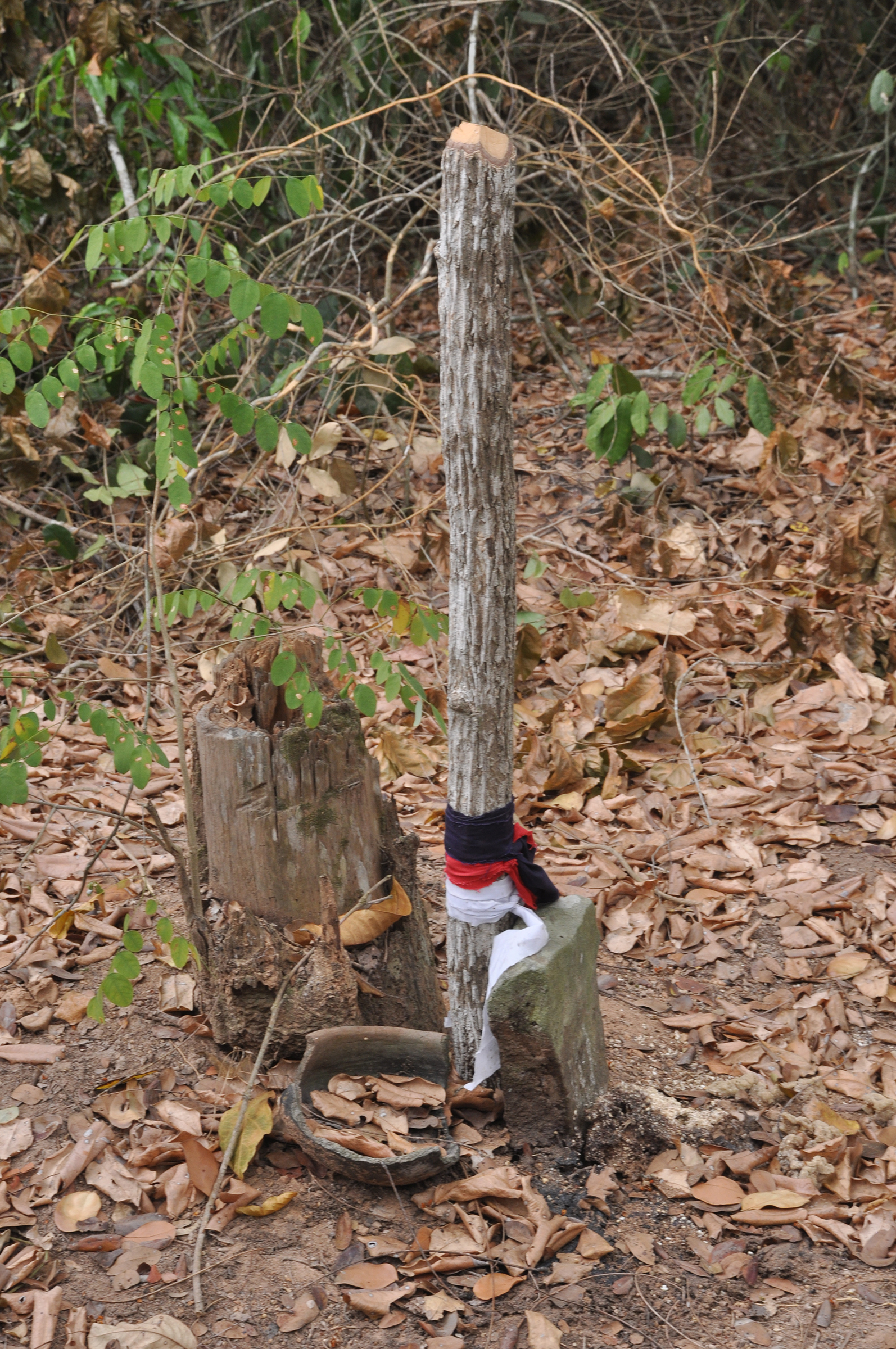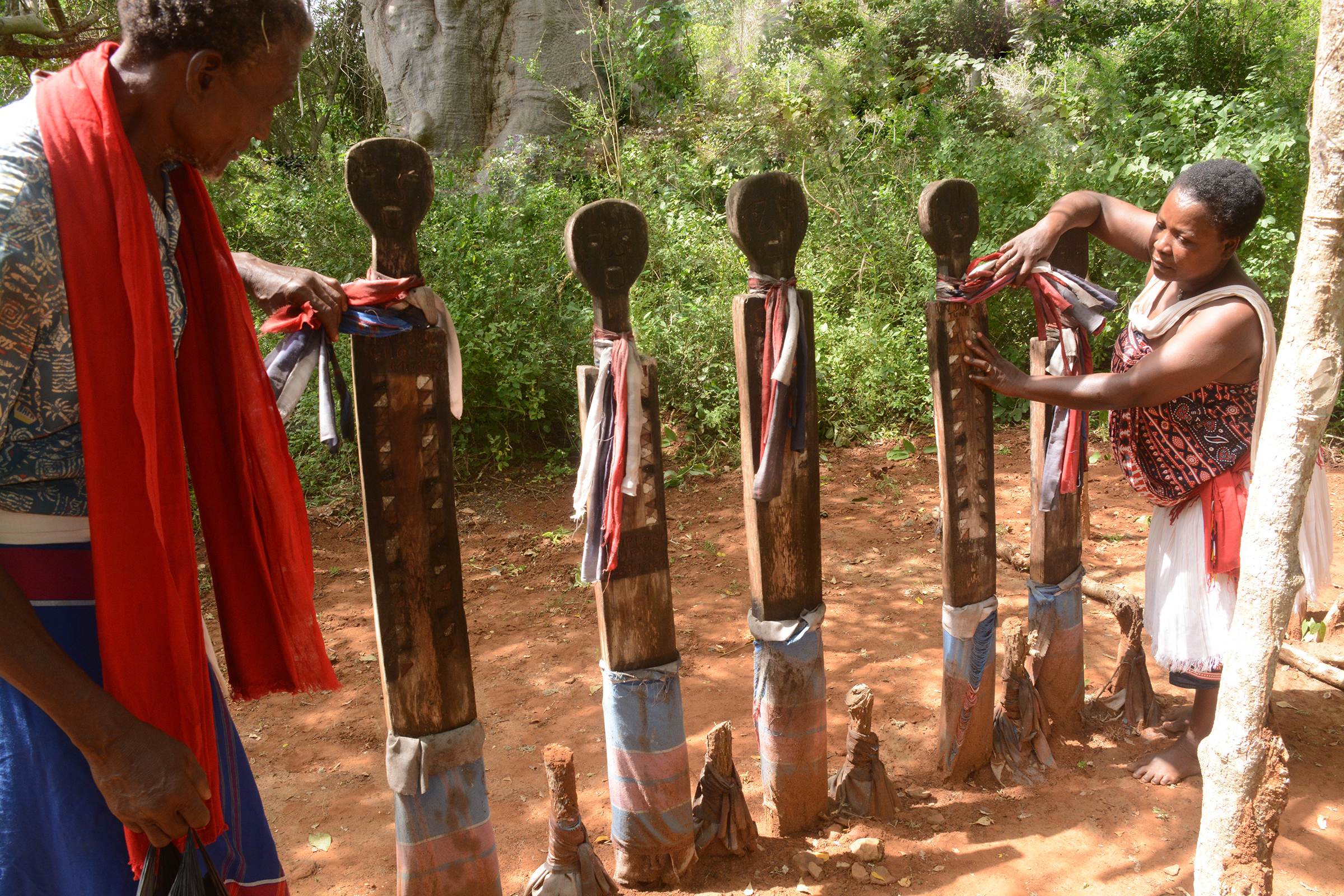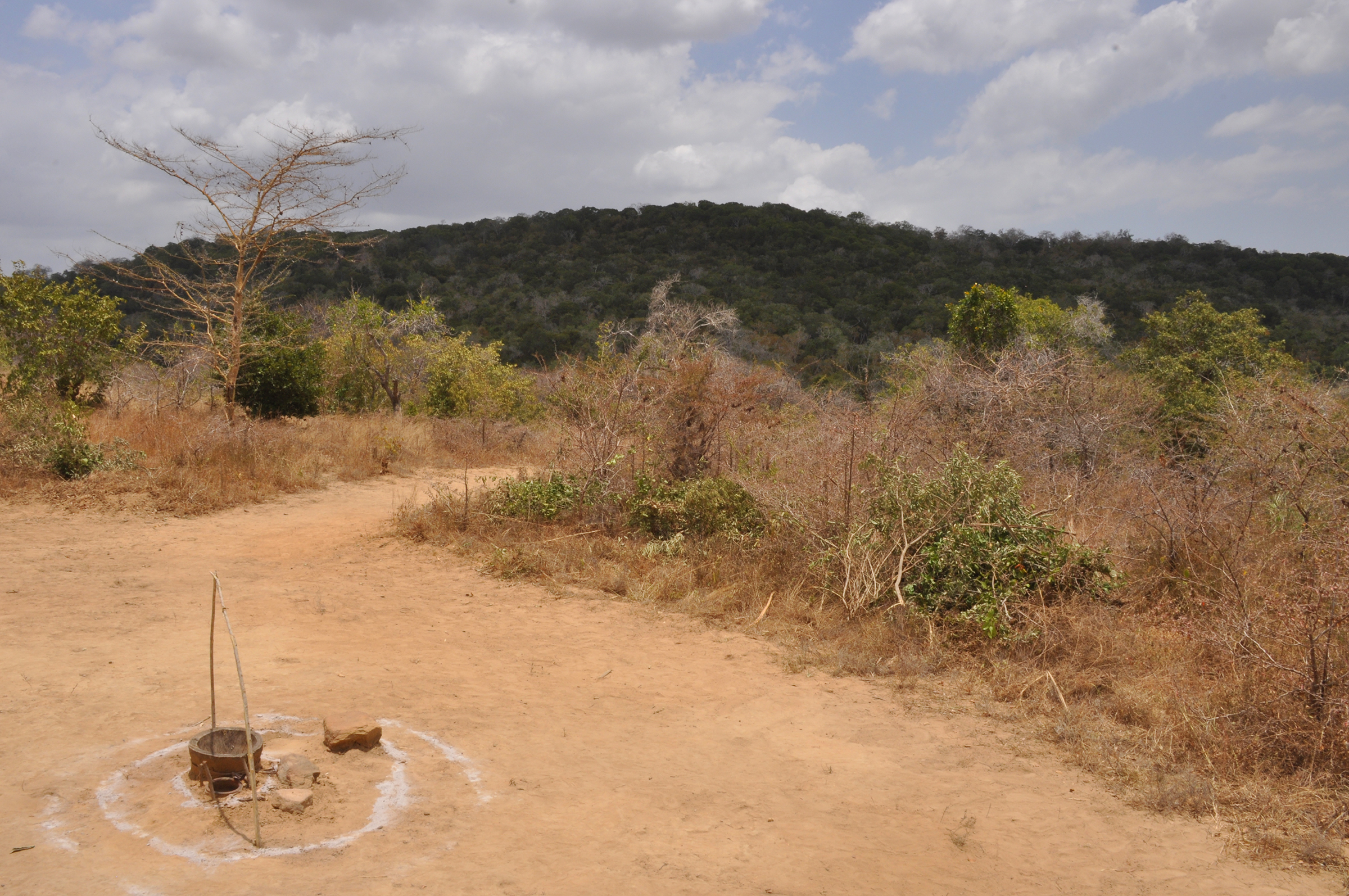




The Mijikenda Kaya Forest are small patches of forest land that extend between 10 and 400 ha on the coastal plains of Kenya. They were originally created in the 16th century as places of settlement but after their abandonment in the 1940s these places have been defined mostly for their spiritual and religious values. The Kaya forests play a key role in the Mijikenda religious sphere, their beliefs and practices as they are regarded as the ancestral and sacred homes of the Mijikenda peoples.
The protection of the Mijikenda Kaya Forests require an holistic and integrated approach based on both natural and cultural values as well as the recognition of the role of the Mijikenda in the conservation of the site through traditional knowledge systems and the recognition of the sacredness of these places. This multilayered identification and protection of values is fundamental for the protection of the site and its people in their wholeness: from the safeguarding of their sacredness to the conservation of their bio-cultural diversity.
The traditional knowledge of the Mijikenda is key for the Kayas sacred land and the conservation of their nature and culture. The sacredness of the place is expressed by the Mijikenda through the practicing of traditions and performing arts related to important life events of the Mijikenda, these traditions form the code of ethics and are the basis of the governance system in place. The effective conservation is further supported by the National Museums of Kenya which has over the years worked with the Mijikenda for the protection of the Kayas.
The long-term protection of the Kayas is directly dependent on the survival of the Mijikenda and their traditions. The protection of the natural environment of the Kaya forests is based on the recognition of the sacred values given to nature. These values are protected and safeguarded by the Mijikenda through their traditional knowledge but also the application of the code of ethics and governance system as well as the enforcement of self-restraining principles by communities. For this reason, it is important to address socio-cultural challenges at the site and to work with the Mijikenda on the establishment of intergenerational exchanges to support the continuation of these practices and the safeguarding of cultural and sacred values.
The application of the codes of ethics and rules of the Mijikenda has long allowed for the conservation, however, the changing demographic of the Kayas and the abandonment of these areas in favor of urban environments has led to the need for further strengthening the institutional and legal frameworks (both traditional and governmental) of the Kayas.